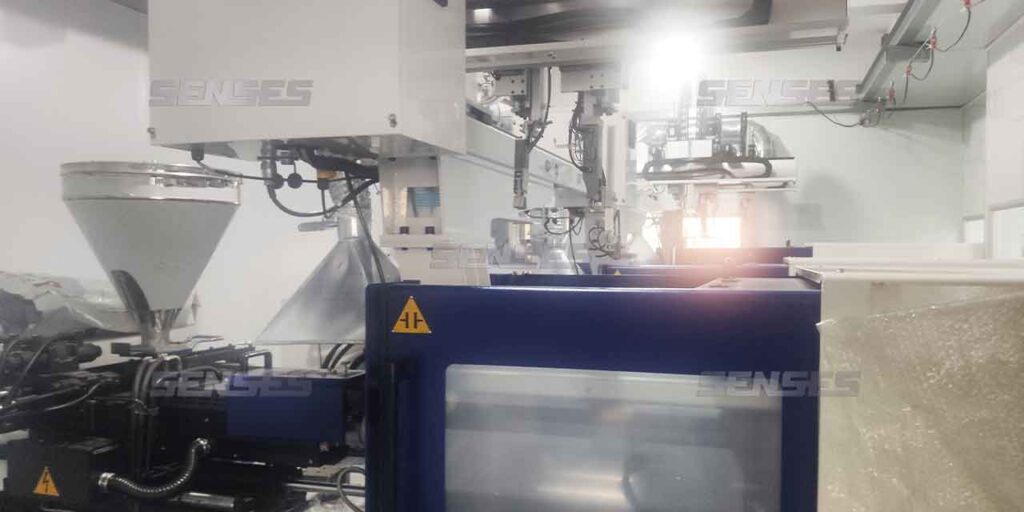Plastic gears are everywhere—inside your car’s dashboard, your smartphone’s camera module, and even your home appliances. But how are these small, intricate parts made? Plastic gear injection molding is the process that turns raw plastic materials into high-precision gears, gears that power everything from industrial machinery to consumer electronics.
Unlike metal gears, plastic gears offer lightweight, cost-effective, and customizable solutions for modern applications. They’re quieter, corrosion-resistant, and can be designed to meet specific performance needs—whether you need a gear that withstands high temperatures, reduces friction, or fits into tight spaces.
The Injection Molding Process for Plastic Gears
Step 1: Design & Prototyping
The process begins with creating a detailed design for the gear. Engineers use software to map out the gear’s shape, size, and tooth pattern. At this stage, adjustments are made to ensure the gear meets performance requirements (e.g., strength, durability).
Senses’ Role: Our in-house design team collaborates closely with clients to refine designs, ensuring they are mold-friendly and cost-effective.
Step 2: Mold Development
A custom mold (or “tool”) is created to shape the plastic into the desired gear form.
Step 3: Material Selection & Preparation
Plastic pellets (raw material) are chosen based on the gear’s intended use. Common materials include nylon, POM (acetal), or PET, each offering different properties like flexibility or heat resistance.
Senses’ Expertise: Our team selects materials tailored to your needs, such as high-strength polymers for industrial gears or lightweight options for consumer electronics.
Step 4: Injection Molding
The plastic pellets are heated until molten.
The molten plastic is injected into the mold under high pressure.
The mold cools, solidifying the plastic into the gear shape.
Advantages of Plastic Gears Over Metal Alternatives
Plastic gears and metal gears both play critical roles in machinery, but plastic gears offer distinct benefits that make them a smarter choice for many applications. Here’s why:
1. Lightweight and Cost-Effective
- Plastic Wins: Plastic gears are significantly lighter than metal gears, reducing the weight of devices like drones, consumer electronics, or automotive components. They also cost less to produce, especially in large quantities, due to faster manufacturing processes (e.g., injection molding).
2. Quieter Operation
- Plastic Wins: Plastic gears run smoother and quieter than metal gears. This is crucial for devices like medical tools, office equipment, or home appliances where noise reduction matters.
- Senses’ Expertise: Our PEEK gears, for example, are designed for medical equipment and precision instruments, ensuring silent operation in sensitive environments.
3. Built-in Lubrication, Less Maintenance
- Plastic Wins: Many plastic materials (e.g., PEEK, PPS, nylon) have self-lubricating properties, meaning they don’t require frequent oiling. This reduces maintenance costs and extends gear lifespan.
When to Choose Metal Gears?
Metal gears are still preferred in extremely high-load applications (e.g., heavy machinery) or high-temperature environments (e.g., aerospace). However, for most uses—especially where weight, noise, or maintenance are concerns—plastic gears are the clear winner.
Senses is an ISO 9001:2015 certified plastic injection molding company, offering a comprehensive array of services including mold and part design, prototyping, small-batch production, and full-scale manufacturing. We serve a diverse range of industries, encompassing automotive, medical, and consumer electronics. Our focus is on ensuring each product we deliver meets the highest standards of quality and functionality.
For personalized solutions and expert consultation, reach out to us today at info@senseschina.com.







